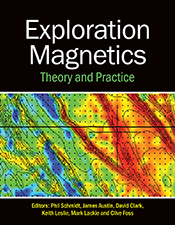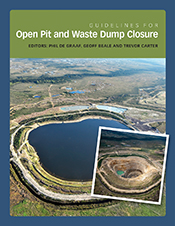Physical and Chemical Techniques for Discharge Studies - Part 1
This book focuses on the two principal types of groundwater discharge - discharge and diffuse discharge.
Groundwater discharge is associated with salinity and pollution problems. The widespread presence of millions of saline lakes in North America, Africa and Australia, shows that across the geological record, most salinity and desertification problems have been caused by saline groundwater discharge. In recent times, dryland salinity has spread widely in southern Australia, resulting in the loss of more than 50% of the fresh streams in Western Australia and causing major salinity problems in the Murray River in South Australia.
News
No longer available in a print edition.
Details
ePDF | January 1996ISBN: 9780643105331
Publisher: CSIRO Publishing
Available from eRetailers
Features
- Defines the discharge mechanisms that occur in nature
- Explains how and where discharge takes place, and the effects of soil, water table and vegetation on discharge
- Introduces the mechanisms of biological discharge (plants, etc.) and the critical role it has in controlling groundwater recharge
- Presents the various physical, chemical and isotope techniques used for determining discharge rates
- Discusses the various options available for enhancing groundwater discharge.
Contents
ForewordIntroduction
Groundwater Discharge
Techniques for Discharge Determination
Diffuse Discharge
Estimation of Diffuse Discharge from Shallow Water Tables
Methods of Determining Source of Plant Water
Point Discharge
Techniques for Discharge Enhancement
Biological Techniques
Engineering Methods
References








